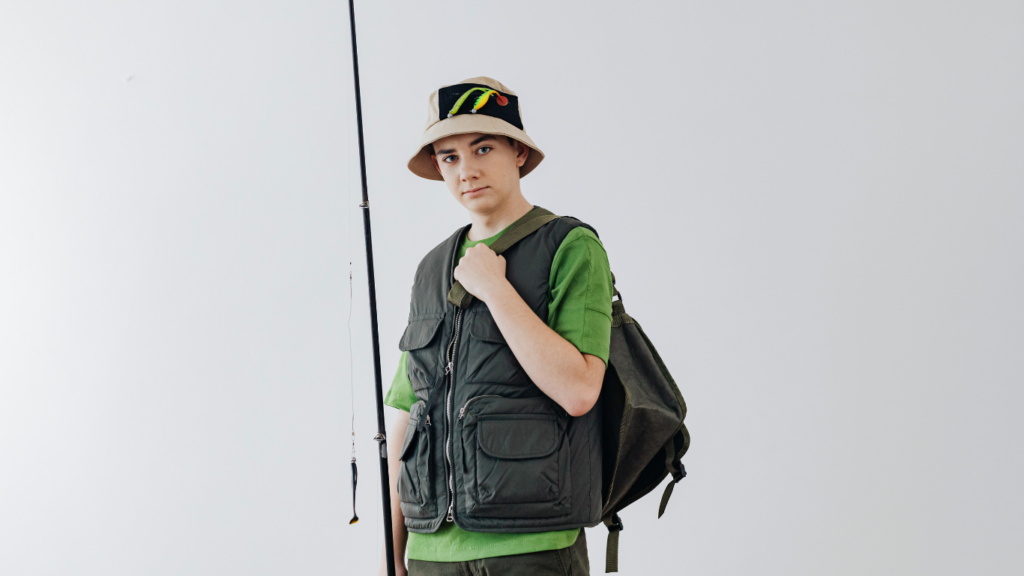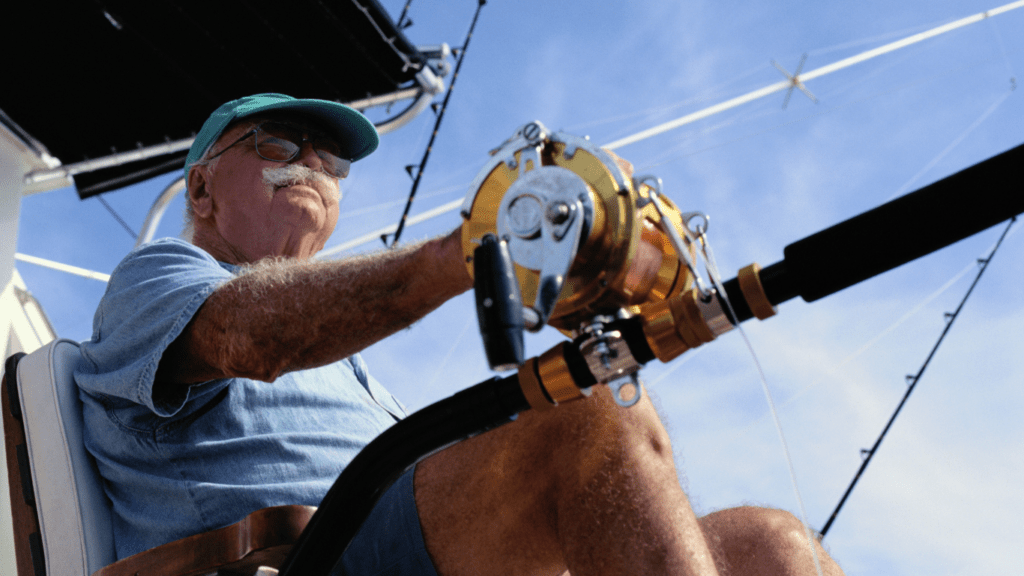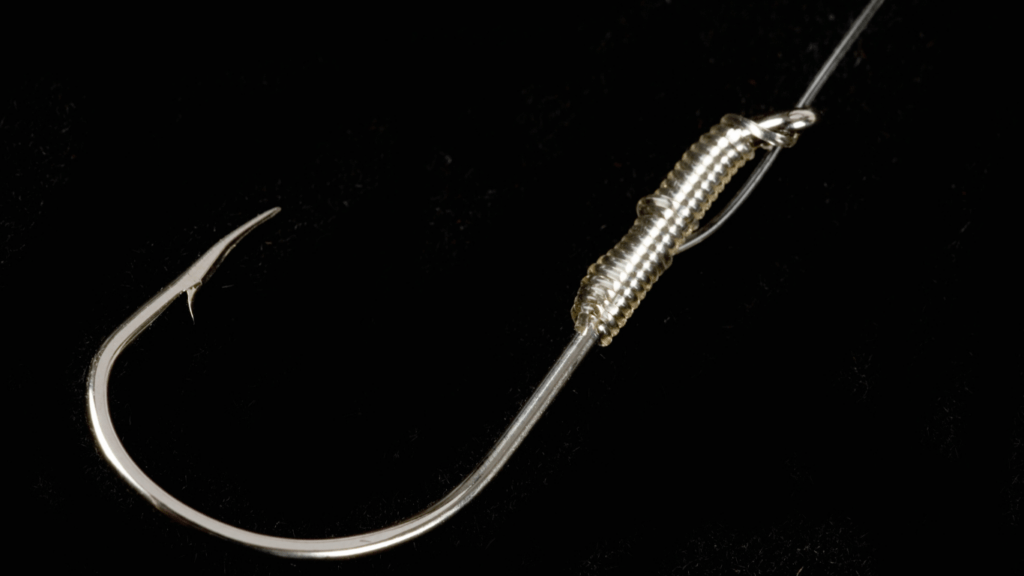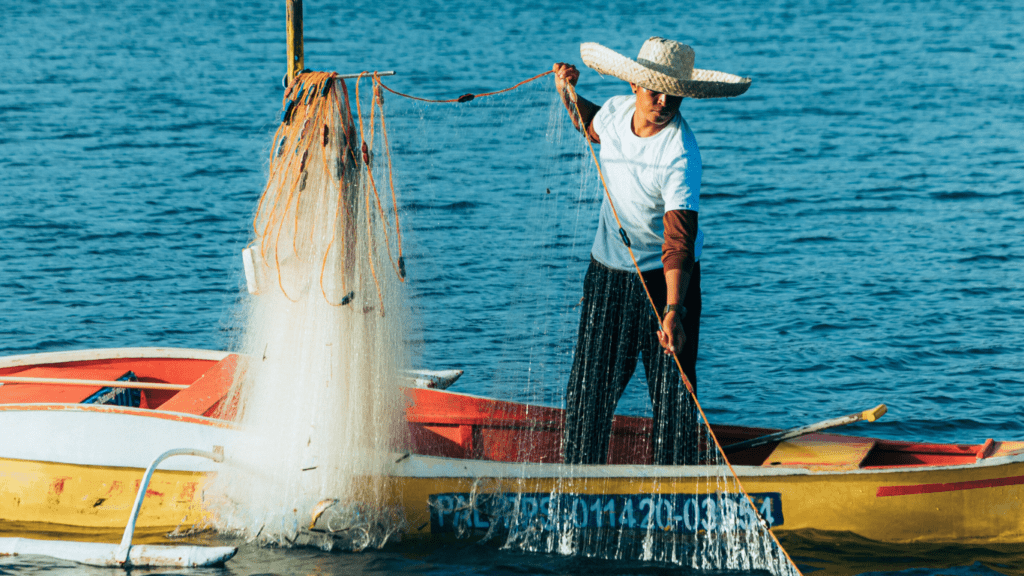Fishing isn’t just a pastime for me—it’s a passion. Whether I’m casting a line in a calm freshwater lake or battling waves in the open ocean, there’s nothing quite like the thrill of reeling in a catch. But let’s be honest, fishing isn’t always about luck; it’s about strategy, technique, and understanding the environment.
Understanding Freshwater And Saltwater Fishing
Fishing in freshwater and saltwater offers distinct experiences, but understanding their differences is essential for success. Adapting techniques to the environment maximizes results and enjoyment.
Key Differences Between Freshwater And Saltwater Fishing
Freshwater fishing typically occurs in lakes, rivers, and ponds, with smaller bodies of water leading to more static conditions. Target species include bass, trout, and crappie, which favor these calm environments. In contrast, saltwater fishing happens in oceans, bays, or near coastal areas, involving more dynamic ecosystems. Species like tuna, grouper, and snapper thrive in saltwater, requiring sturdier tackle.
Bait differences reflect environmental factors. Freshwater fishing often uses live bait like worms or artificial lures. Saltwater options include cut bait, shrimp, or squid due to the larger, more aggressive fish. Choosing equipment also diverges; freshwater gear is typically lighter for smaller fish, while saltwater gear must withstand stronger currents and larger catches.
Choosing The Right Location For Fishing
Location selection depends on species preferences and environmental conditions. Freshwater locations demand knowledge of underwater structures, vegetation, and seasonal fish movements. Examples include targeting bass near submerged logs or casting for trout in cool stream pools.
Saltwater fishing locations involve:
- tides
- weather
- water depth
Coastal areas, wrecks, and reefs attract many saltwater species. For example, grouper and snapper gather around reefs, while tuna and marlin prefer deeper waters offshore. Researching species patterns and using topographical maps improves location targeting in both environments.
Essential Gear For Successful Fishing

Using the right gear is crucial for catching more fish in both freshwater and saltwater. Each type of fishing demands specific equipment tailored to the environment and target species.
Rods, Reels, And Lines
Selecting the right rod, reel, and line depends on the fishing environment and targeted species. For freshwater, I prefer lightweight spinning rods and reels, typically in the 6-8 lb range, ideal for species like bass or trout. In saltwater, heavier rods paired with baitcasting or spinning reels work well due to the size and strength of fish. Lines also vary; monofilament works best for freshwater, while braided or fluorocarbon options offer the strength needed for saltwater species.
Bait And Lures: What Works Best
The effectiveness of bait and lures hinges on matching local species and conditions. For freshwater, I find live bait like worms or minnows highly effective, alongside artificial lures such as crankbaits or spinnerbaits for mimicking small prey. Saltwater fishing benefits from using cut bait like squid and shrimp or jigs and soft plastics to appeal to species like snapper or grouper. Always adjust the choice based on local fish preferences and water clarity.
Additional Tools Every Angler Needs
Carrying essential tools simplifies fishing and improves results. I always bring a tackle box for organizing hooks, sinkers, and extra lures. A good pair of fishing pliers helps with removing hooks or cutting lines, while a net ensures safe handling of larger fish. In saltwater fishing, tools like gaffs or fish grips become necessary for landing big catches. Finally, keeping a portable fish finder aids in identifying productive spots in both freshwater and saltwater environments.
Techniques For Catching Fish In Freshwater
Understanding fish behavior and using the right strategies in freshwater can significantly boost fishing success. Focusing on water conditions, timing, and proven techniques ensures better results.
Reading The Water And Fish Behavior
- Observing water clarity, temperature, and flow uncovers valuable patterns.
- Fish often gather near structures like submerged rocks, fallen trees, or weed edges, where they find both shelter and food.
- Slow-moving water typically holds catfish or carp, while fast currents attract trout.
- Knowing which species prefer shallow or deep areas helps refine your approach.
- Spot fish activity, such as ripples or splashes, to target active feeders.
- Match your bait to their feeding habits; for instance, bass respond to lures imitating small fish, while crappie favor insects or small minnows.
- Adjust your presentation speed and depth to align with seasonal behaviors.
Best Times To Fish In Freshwater
Early morning and late afternoon deliver optimal freshwater action. Light levels at these times encourage fish to feed actively, especially in summer. Overcast days spread this feeding activity throughout daylight hours by reducing harsh light.
Seasonal changes alter fish feeding patterns. In spring, warming water draws fish to shallow spots. During summer, they shift to cooler depths. Fall months see an uptick in feeding as fish prepare for winter, while ice fishing in winter targets fish in slow-moving deeper areas.
Proven Freshwater Fishing Techniques
Casting near structures improves your chances. Use spinnerbaits for covering larger areas or jigs for precise placement. Drop-shot rigs allow controlled presentation in deeper zones.
Drift fishing works well in rivers, with your bait naturally following the current. It works best for trout and walleye. Trolling excels in lakes, with crankbaits or spoons presented at varied depths to attract species like pike and bass. Always handle equipment quietly to avoid spooking fish in calm freshwater environments.
Techniques For Catching Fish In Saltwater
Saltwater fishing demands an understanding of the ocean’s dynamics, fish behavior, and specialized tactics. Adapting to ever-changing conditions and targeting specific species helps improve success.
Adapting To Ocean Currents And Tides
Reading ocean currents and tides is essential for saltwater fishing. Fish often gather where currents bring food to specific areas or where tides create feeding zones. When the tide flows in or out with moderate strength, it’s easiest to predict fish activity. I focus on points, channels, or structures like reefs, as these spots naturally collect baitfish. Using tide charts helps identify the best times for fishing based on water movement.
Targeting Specific Saltwater Fish Species
Each species requires tailored approaches, as preferences for depth, bait, and location vary. For instance, redfish frequent shallow flats and respond well to live shrimp, while grouper hide around deep structures and go for cut bait. I always research local fish populations and align my techniques to their habits. Offshore species like tuna follow schools of smaller fish, so I look for surface activity or birds diving to guide me.
Effective Saltwater Fishing Strategies
Maximizing success in saltwater fishing involves employing proven techniques. Drift fishing works well in open water, where I allow the boat to move naturally with the current while presenting bait. Casting near structures, such as docks or coral reefs, attracts predatory fish. In deep waters, trolling with artificial lures or live bait covers more area and often leads to larger catches. Using rigs suited for heavy currents, like bottom rigs or jigging setups, ensures bait presentation stays effective in rough conditions.




